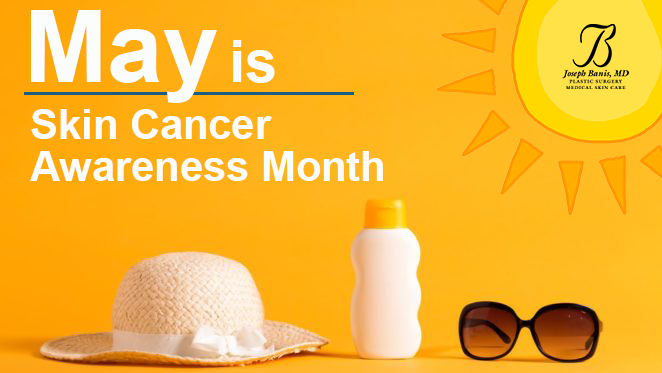The month of May is Skin Cancer Awareness Month. As summer approaches in Louisville and especially as more people are outside during COVID-19, it’s important to protect yourself from harmful rays. Skin damage caused by sunburn and overexposure to UV light is a leading cause of a deadly form of skin cancer called Melanoma.
It’s important to remember to protect your skin, so here are a few tips:
Apply sunscreen – Always, always, always apply sunscreen (even on a cloudy day). You could even make this part of your morning skincare routine. It’s not about how much the sun is shining, it’s about the UV rays. Then reapply sunscreen 15-20 minutes before heading outside and if you’re swimming, sweating a lot, or drying yourself off remember to apply every 2 hours.
Wear sun-protective gear – A wide-brimmed hat, sunglasses, and a light t-shirt can also protect your skin from those harmful rays. Try to avoid direct sunlight for long amounts of time during the peak hours of 10 a.m. to 4 p.m. If you’re out at the beach have a large umbrella and of course all the gear mentioned above.
Do not use tanning beds – UV rays, whether they come from indoor tanning or the sun, can also cause wrinkles, rashes, and dark spots. Many think that using a tanning bed controls the level of exposure to harmful rays, but that is not true. Tanning beds increases exposures of intense UV rays.
If you’re concerned about something on your skin, you should contact your doctor. There are a few key warning signs when it comes to skin cancer.
The ABCDE method may help you determine whether an abnormal skin growth may be melanoma:
Asymmetry: The mole has an irregular shape.
Border: The edge is not smooth, but irregular or notched.
Color: The mole has uneven shading or dark spots.
Diameter: The spot is larger than the size of a pencil eraser.
Evolving or Elevation: The spot is changing in size, shape or texture.


Recent Comments